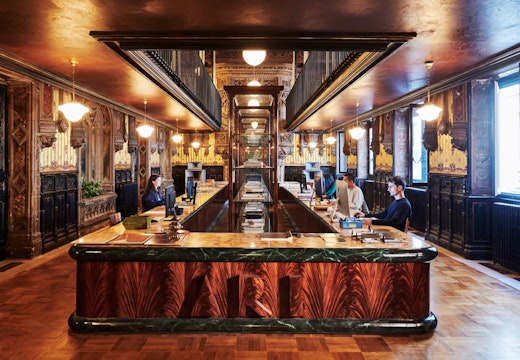The Frank Lloyd Wright office towers that never were
Brilliant new renderings of unbuilt Frank Lloyd Wright office towers show how advanced his vision was and set the bar for today’s architects of tall buildings to match
When Spanish architect David Romero recently released renderings of a selection of unbuilt schemes designed by the renowned U.S. architect Frank Lloyd Wright, his colourful visualisations opened up a fresh debate about the legacy of tall commercial buildings – and their future in the urban environment.
Based on a selection of drawings by the father of Modern architecture and rendered using AutoCAD and 3dsMAX, these renderings bring to life Frank Lloyd Wright’s imaginative approach to designing office space.
They include The Illinois, a mile-high skyscraper the architect designed for Chicago and dubbed ‘Space City’, which might be at home in any major city in 2023 where ‘supertalls’ are now often the norm.
Strong branding
There is also the National Life Insurance building, a striking design by Wright which would meet modern-day requirements for a building with a strong and impactful branding. Romero referenced Wright’s other work and consulted experts in the architectural community in order to add in details and colours.
The fact that these designs still feel contemporary and forward-thinking showcases how advanced Wright’s vision was. In standing up to contemporary scrutiny, his projects lovingly restored by Romero set the bar for today’s skyscraper architects to match.
This is not David Romero’s first foray into presenting Frank Lloyd Wright’s office designs. In 2015 he created coloured images of perhaps the most famous office building of the early 20th century – Wright’s Larkin Building of 1904 at Buffalo, New York, which was demolished in 1950. Previously, only black and white images existed.
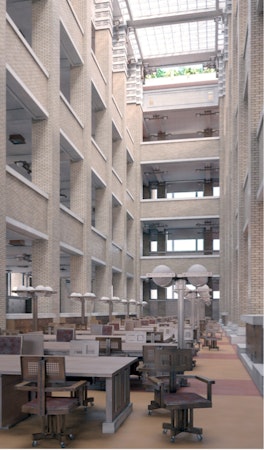
Image: The Larkin Building, Courtesy of David Romeo, 2015
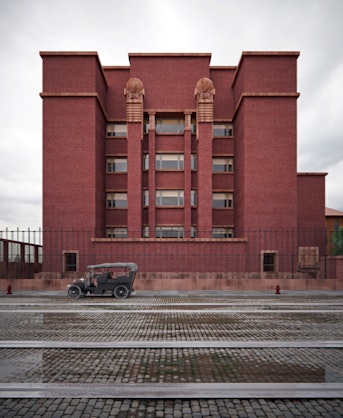
Image: The Larking Building, Courtesy of David Romero, 2015
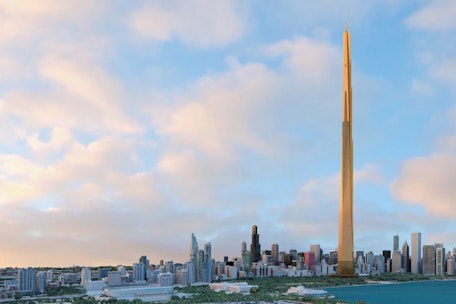
Image: The Illinois. Courtesy of the Frank Lloyd Wright Foundation
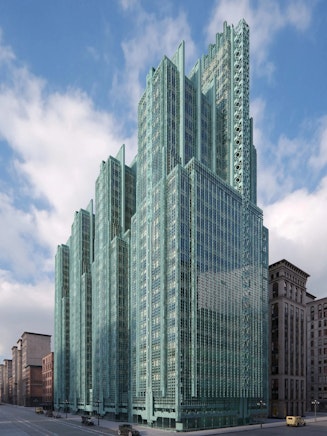
Image: The National Life Insurance building. Courtesy of the Frank Lloyd Wright Foundation


